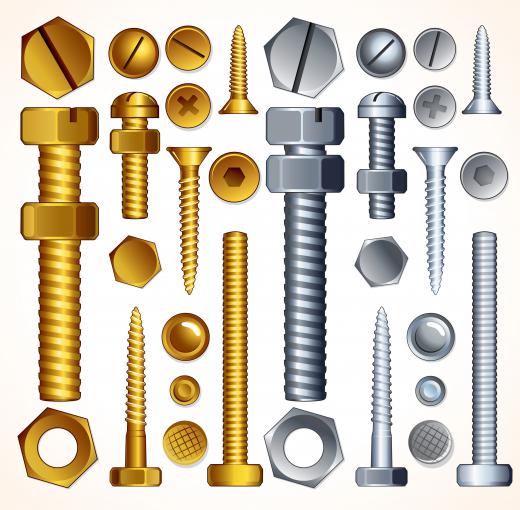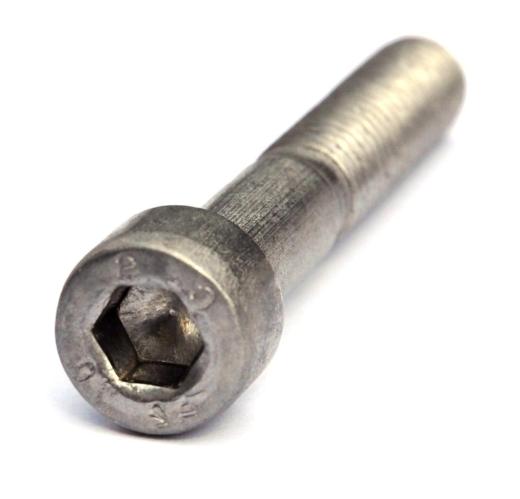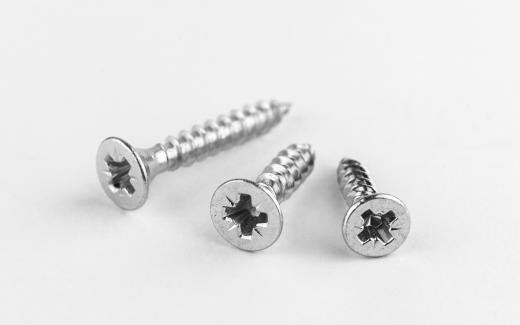A screw is a type of fastener used to join wood, metal, and composite materials. While nails have a smooth shank, screws feature a series of grooves, or threads, along the length of the shank. These threads bite into a material upon installing, helping to create a secure bond. Screw thread can be used to differentiate types of screws from one another, and also to determine where the screw should be used.
The screw thread on each unit may cover the entire shank, or just a portion. In general, a fully-threaded screw is designed for metal, while a partially-threaded one is designed for wood. Screw thread may be either right- or left-handed, and is determined by the direction that installers must turn the screw during installation. The majority are right-handed, and must be turned clockwise, but a few feature left-handed threads for special applications.

There are two basic features to consider when comparing screw threads. The first is the size of the screw, or outer diameter, which measures the diameter around the outside of the threads. This measurement determines which size hole the screw can be used with. The second feature to consider is pitch, which measures the number of threads per inch or millimeter. Screws with a large number of threads are said to have a "fine" pitch, while those with few threads are said to have a "coarse" pitch.

Screw thread sizes are measured using two basic systems throughout the world. In the United States and Canada, screw thread sizes are given using Unified Thread Standards (UTS). These sizes are listed as a series of two numbers, with the first showing the nominal diameter and the second showing the pitch in threads per inch. For example, a UTS measurement of '3/8" x 16' means that the screw measures three-eighths of an inch around the outside of the threads and has 16 threads per inch.

Most people in the world rely on screw thread sizes created by the International Organization for Standards (ISO). ISO screw measurements always start with the letter "M" followed by two numbers. The first of these numbers shows the outer diameter and the second shows the pitch. For example, a screw listed as M10 x 1.5 measures 10 millimeters around the outside of the threads and has a pitch of 10 threads per millimeter. Many woodshops and hardware stores provide screw sizing information using both of these systems, or provide a chart so people can easily move between the two systems.
